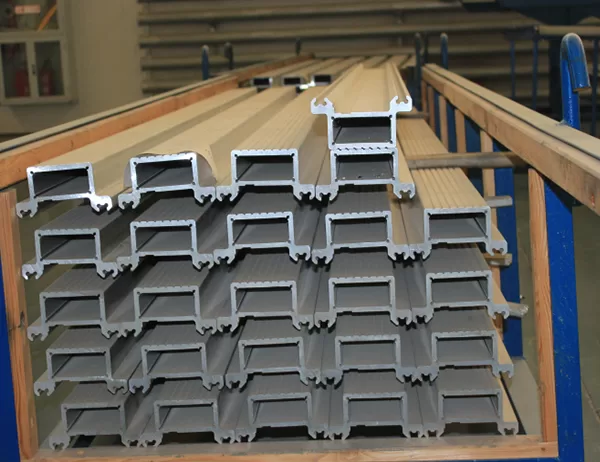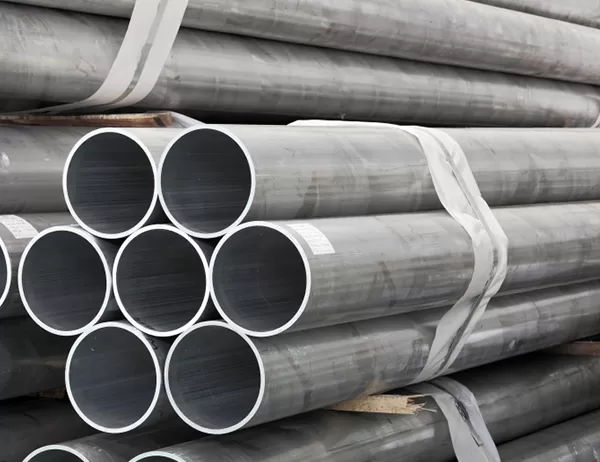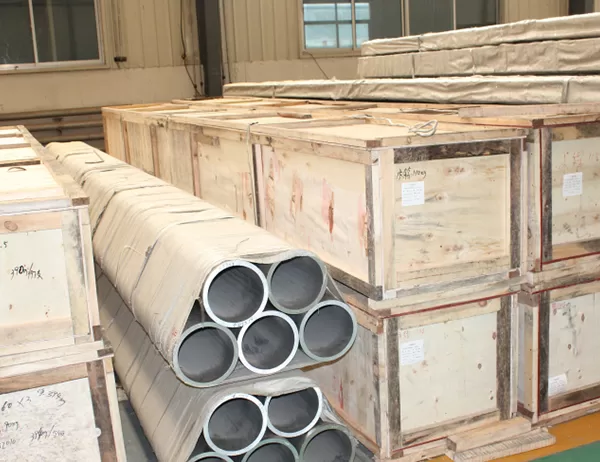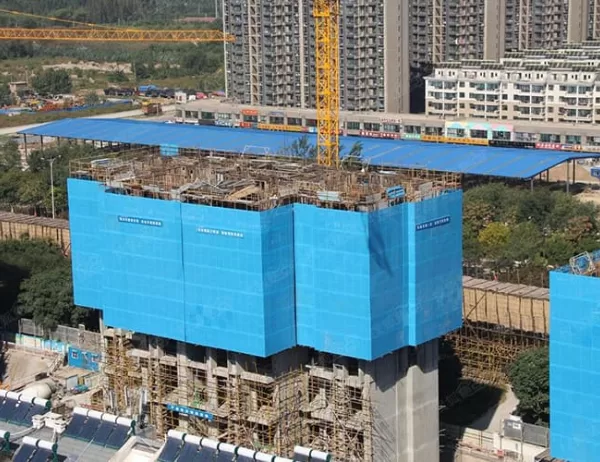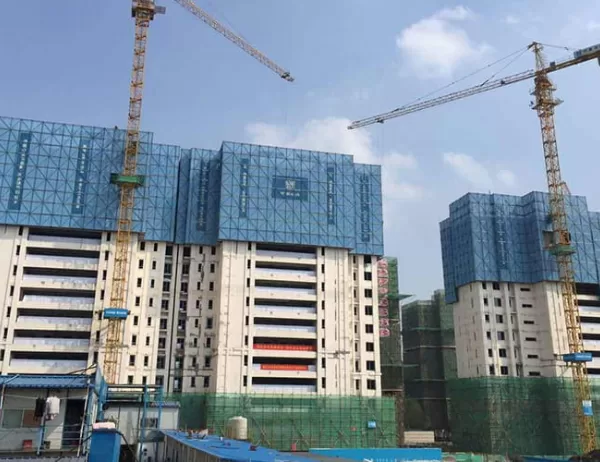Introduction
Solar photovoltaic (PV) panels are a critical component of renewable energy systems, converting sunlight into electricity. The efficiency of these panels significantly impacts the overall energy yield and cost of solar installations. Aluminum frames play a crucial role in protecting and supporting solar PV panels, but their design can also influence the panel’s electrical performance. This article explores the impact of aluminum frame design on solar panel efficiency, addressing key aspects such as thermal management, shading, structural stability, and aesthetics.
Thermal Management
Aluminum frames provide a heat dissipation pathway, reducing the temperature of the solar cells. Efficient heat dissipation is essential for maintaining high panel efficiency, as elevated temperatures can lead to reduced power output and accelerated cell degradation. Aluminum frames with larger cross-sectional areas and optimized fin designs can enhance heat transfer, preventing excessive thermal buildup and preserving panel performance.
Shading
Aluminum frames can create shading on the active area of solar panels, reducing the amount of sunlight reaching the cells. Narrow frames with reduced protrusions minimize shading, maximizing light capture and panel efficiency. Proper frame placement and spacing can also prevent partial shading, ensuring optimal cell exposure and uniform power output.
Structural Stability
Robust aluminum frames provide structural support, withstanding wind and snow loads without compromising the integrity of the panel. Adequate strength and rigidity ensure that the panels remain aligned, avoiding misalignment that could lead to performance losses. Frames with optimized cross-sections and reinforced corners distribute loads effectively, ensuring durability and long-term reliability.
Aesthetics
While not directly related to efficiency, the aesthetics of aluminum frames can influence the perceived value of solar panels. Sleek and visually appealing frames enhance the appearance of installations, potentially improving acceptance and integration into building designs. Anodizing and powder coating techniques offer a wide range of colors and finishes, allowing frames to complement architectural aesthetics and blend seamlessly with surroundings.
Conclusion
The design of aluminum frames plays a significant role in the efficiency and performance of solar PV panels. By optimizing heat dissipation, minimizing shading, ensuring structural stability, and enhancing aesthetics, well-designed aluminum frames contribute to maximizing energy yield, extending panel life, and improving the overall value of solar installations. Careful consideration of these aspects during frame design and selection is crucial for realizing the full potential of solar energy systems.
